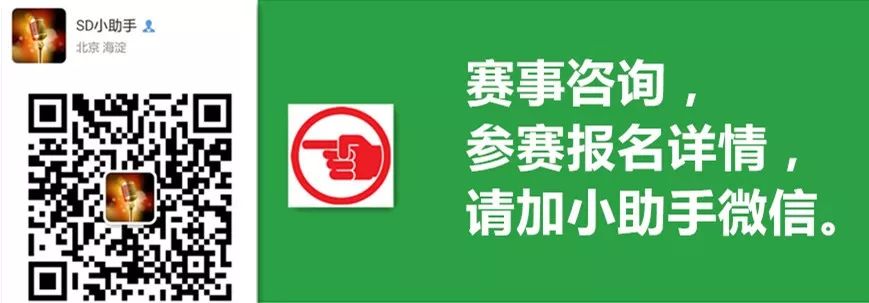TED演讲:未来医疗的无线化(3)
So, we're not just talking about physiologic metrics
在这里,我们所讨论的不仅仅是生理指标,
the key measurements of vital signs, and all those things in physiology
或者是关键的生命体征值,以及生理学的其他指标,
but also all the imaging that one could look at in your smartphone.
还包括可以通过智能手机看到的所有成像结果。
Now, this is an example of another obsolete technology, soon to be buried: the Holter Monitor.
现在,我给大家展示另一项即将过时的技术:霍尔行氏心电动态监控仪。
Twenty-four hour recording, lots of wires. This is now a little tiny patch.
它可以24小时监控,大家可以看到有好多线连着。现在改进为一个小贴片。
You can put it on for two weeks and send it in the mail. Now, how does this work?
你可以将这个放在身上长达2个星期,并且可以通过邮件传输。那么这是如何实现的呢?
Well, there is these smart Band-Aids or these sensors that one would put on, on a shoe or on the wrist.
测试者可以把这些类似创可贴的小贴片和传感器戴在手腕上或者放在鞋子里面。
And this sends a signal and it creates a body area network to a gateway.
这个装置就可以发送信号,从而建立通往网关的一个人体局域网。
Gateway could be a smartphone or it could be a dedicated gateway,
网关可以是你的智能手机或者是专用网关,
as today many of these things are dedicated gateways, because they are not so well integrated.
我们现在使用的网关大多是专用网关,因为他们还没有很好地兼容。
That signal goes to the web, the cloud, and then it can be processed and sent anywhere:
信号被传到网络,经过云计算,这样信号就可以被处理并传输到任何地方:
to a caregiver, to a physician, back to the patient, etc.
比如说给护士、医生或者病人自己等等。
So, that's basically very simplistic technology of how this works.
这基本是这一技术工作原理的简单介绍。
EricTopol说,我们很快就可以通过智能手机来监控我们的生命体征并监测一些慢性疾病。在TEDMED上,他着重介绍了应用在未来医疗上的一些重要无线装置,这些装置可以帮助我们远离医院的病床。
NSDA认证项目/全国英语演讲大赛/美式辩论赛 诚招省市合作伙伴
详情咨询:
赛事科技 陈老师:1369315零贰88/010-62701156;Email:xuhl@sdcamps.cn
微信:0012133598196
